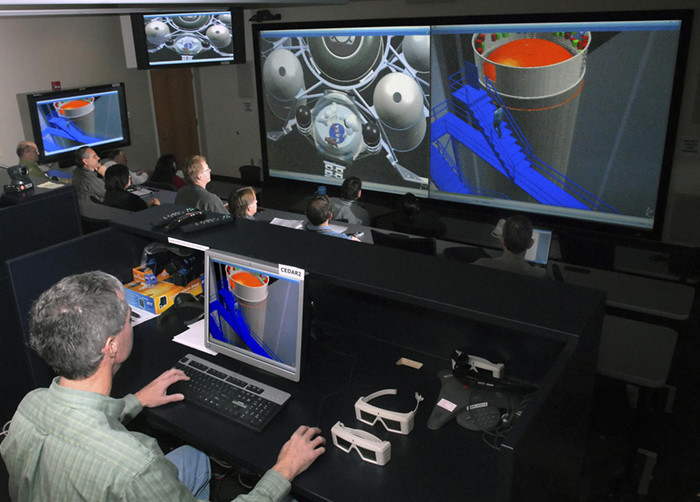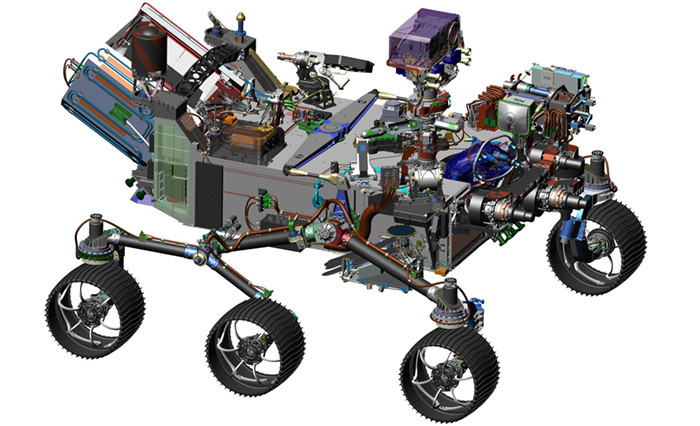What Is CAD (Computer-Aided Design)?
CAD, Autodesk notes, “is technology for design and technical documentation, which replaces manual drafting with an automated process.”
The company says its AutoCAD software “can help you draft construction documentation, explore design ideas, visualize concepts through photorealistic renderings, and simulate how a design performs in the real world.”
CAD is an engineering technique, and not just a drawing tool or a suite of software, says Jason Schuler, a robotics engineer in the exploration research and technology programs at NASA’s Kennedy Space Center.
Instead, CAD can be seen as a design philosophy or technique that lets users go from a whiteboard concept to a digital model, in which the fit and function of something can be manipulated, all the way to a final product.
“I don’t think I know of anything we’re designing these days that doesn’t use CAD,” Schuler says. CAD is taught in middle schools and high schools and has become a very accessible technology, he notes, akin to Microsoft Office. All NASA interns need to have knowledge of at least one CAD software package before they are accepted into the program, Schuler says.
Similarly, Notlim Burgos, a mechanical engineer at Kennedy Space Center, says CAD is essential for her work at NASA. “For me, CAD is a technology that allows us to visually create designs” for everything from space vehicles to rockets, rovers and mechanical parts, before they have ever been manufactured or used.
The kind of computing hardware that is needed to support CAD software depends on the complexity of the design, Schuler says. “At NASA, some of our models get very complex, and there’s a lot of moving parts going on,” he says. “Having more computing horsepower certainly helps.”
CAD software can run on pretty basic computers, and if users are trying to design something very complex, the design can be shared with others via the cloud.
MORE FROM FEDTECH: What is a digital twin and how is it used in government?
The Benefits of Computer-Aided Design
CAD offers numerous benefits for agencies. One is that it allows users to capture the design intent of a project, Schuler notes. Designs evolve over the lifecycle of a project, and CAD allows users to easily adapt designs as the project requirements change.
“We try to build out CAD designs and models with the intent of what we want the design to be,” he says, not just with fixed dimensions. CAD lets users explain to peers why a feature is in a specific place on a design or why a dimension is a particular number.













